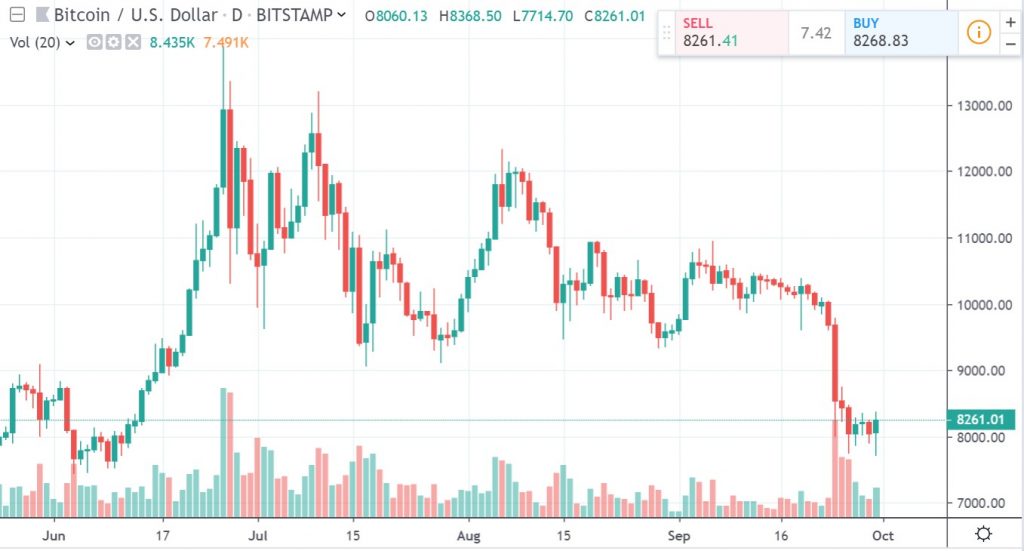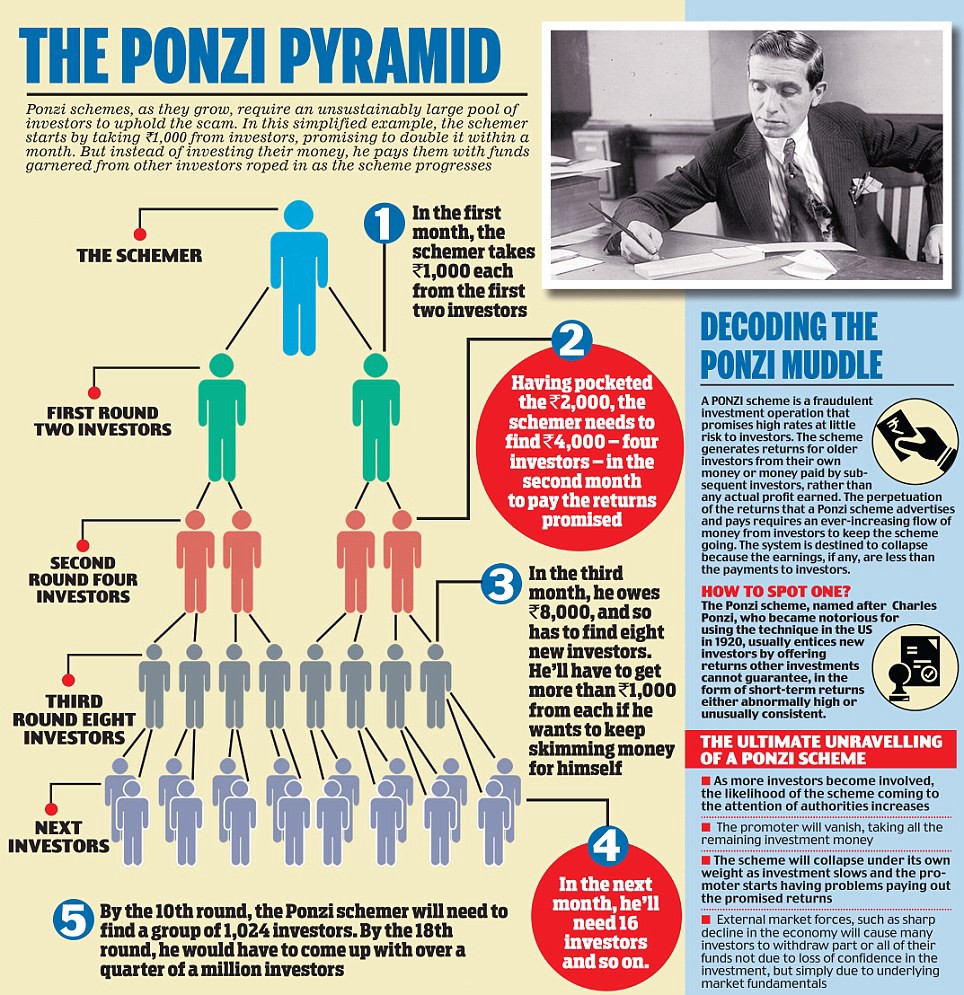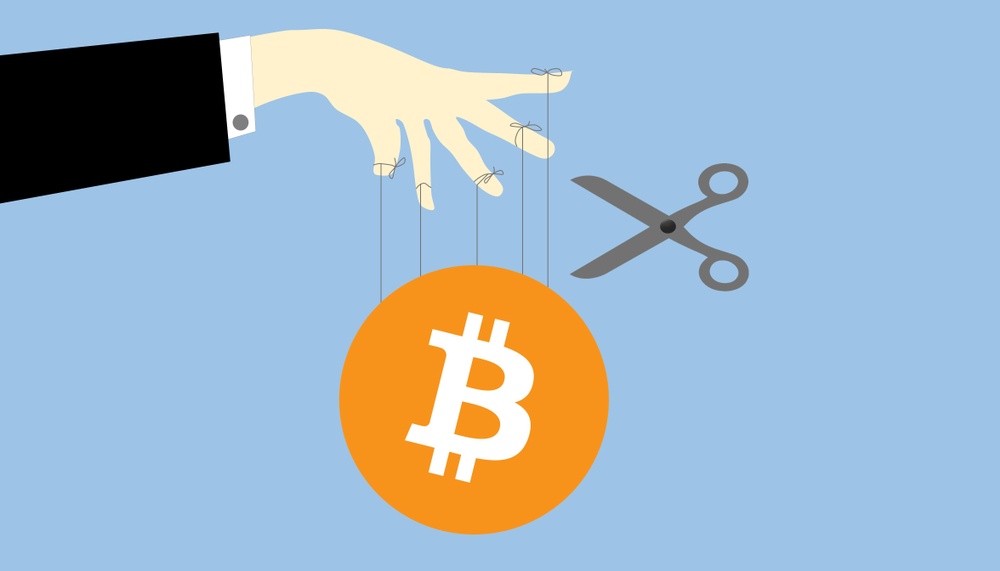The last thing I remember before passing out was the pain. It had overtaken everything, hunching my back, and curling my fingers into claws pecking out incoherent thoughts on my laptop before finally collapsing. It was 3 a.m. on the morning of my 43rd birthday, and depression had finally consumed me.
There was no clear reason as to why it was happening. Objectively, my life was good. I had a beautiful family, I owned my house, and I had a dream job covering the NBA. But I have lived with a form of mild chronic depression since I was a teenager, and depression has a way of taking everything that’s good and turning it against you. My job was a pressure cooker with endless travel and sleepless nights in hotels. My house felt like a 30-year millstone. My family tried to give me space, but all I really wanted to do was escape. That a lot of people would eagerly trade places with me only added to the feelings of guilt and negativity. I spiraled. Things had to change. I had to change.

You do not commit to someone because things are perfect, you commit to them in spite of the fact that they’re not.
Commitment is not just an arbitrary word to be found in the dictionary. It is not just a statement of temporary monogamy. It is a pledge, a vow, a way of living that embodies honor and integrity. Commitment is not a rule, or a regulation — it is an action.
Commitment is not the act of losing your freedom; but exercising it to choose who you want to give your most valuable gifts to:
Your time, your emotions, and your heart.
Sorry, you’ll never find the perfect person. But, you will find the right person, once you realize that the two do not have to be the same.





